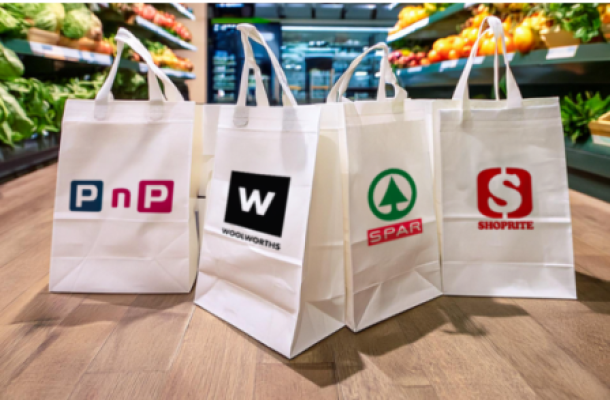Weighing consumers' growing appetite for 'clean' meat labelling
The call for food transparency continues to build, and with it, the use of terms like “natural,” “hyper-local” and “antibiotic-free” in conversations around our food.
When it comes to meat, discussions include the added dimensions of livestock care and processing, complicating the labelling of meat products well beyond what’s needed for an organic banana or a package of fibre cereal.
So what exactly do these meat labels mean, and what are the nuances? But perhaps more importantly, do consumers really want “cleaner” meat?
From a total U.S. consumption perspective, the short answer is yes. Sales growth for some of the meat label claims with the highest shares (natural, antibiotic-free and hormone free) is rapidly outpacing that of conventional meat. From 2011 to 2015, conventional meat posted compound annual sales growth of 4.6%. Comparatively, products with a natural label posted growth of 14.6%, products labelled antibiotic-free posted growth of 28.7%, products labelled hormone-free posted growth of 28.6% and products labelled organic posted growth of 44%. Meanwhile, sales growth of products labelled “minimally processed,” another top claim, declined 1.6% from 2011 to 2015.
While the growth percentages associated with these labels are strong, it’s important to understand some key nuances for complete perspective. First, natural, minimally processed, antibiotic-free, hormone free and organic meat products account for a relatively small piece of the total meat department pie (or pig). That said, however, these products represent a significant amount of sales because the total meat department pulls in more than $50 billion in U.S. sales annually. It’s also important to note that label claims on meat aren’t mutually exclusive. So as a result, a product that is hormone free can also be, and typically is, antibiotic free and natural. In 2015, 6% of products in the meat department was labelled natural, 2% was labelled minimally processed, 3% was labelled antibiotic free, 3% was labelled hormone free and 1% was labelled organic.

For industry players, consistent labelling and an informed consumer base will be important for capitalizing on the growing demand for transparency in the meat department. As a first step, manufacturers and retailers alike can begin to better arm consumers with the facts as they make their purchase decisions. So for starters, labels should state what the labels mean--and consistent definitions throughout the industry would alleviate possible consumer questions and confusion.
Here’s how the U.S. Department of Agriculture (USDA) defines the most common meat label claims:
NATURAL/MINIMALLY PROCESSED: A product can be labelled “natural” if it contains no artificial ingredient, added colour and is only minimally processed. Minimal processing means that the product was processed in a manner that does not fundamentally alter the product. The label must include a statement explaining the meaning of the term natural (such as "no artificial ingredients; minimally processed").
NO ANTIBIOTICS ADDED: This phrase can be used on labels for meat or poultry products if the proper documentation showing that the animals were raised without antibiotics is provided to the USDA’s Food Safety Inspection Service (FSIS).
NO HORMONES ADMINISTERED: Like “no antibiotics added” this claim may be used on beef labels if sufficient documentation is provided to the FSIS by the producer showing that hormones were not used in raising the livestock. This claim, however, cannot be used on pork or poultry labels unless it is followed by the phrase "Federal regulations prohibit the use of hormones."
ORGANIC: This term can be used to label any product that contains a minimum of 95% percent organic ingredients (excluding salt and water). Up to 5% of the ingredients may be non-organic agricultural products that are not commercially available as organic and/or non-agricultural products.
For now, conventional meat still dominates department sales, but the rapid sales growth of products with these label claims is quickly changing the game. More suppliers and quick-service restaurants are “going antibiotic free,” or have plans to do so in the near future, and the growth of products with these labels at retail shows no signs of slowing.
METHODOLOGY
The insights in this article were derived from
Nielsen FreshFacts historical data, 2011-2015
Meat label claim definitions are provided by the U.S. Department of Agriculture.
News Category
- International retailers
- On the move
- Awards and achievements
- Legislation
- Wine and liquor
- Africa
- Going green
- Supplier news
- Research tools
- Retailer trading results
- Supply chain
- Innovation and technology
- Economic factors
- Crime and security
- Store Openings
- Marketing and Promotions
- Social Responsibility
- Brand Press Office
Related Articles

Checkers Sixty60 wipes floor with Pick n Pay As...

Top tips for consumers to combat escalating ele...

Clear winner in South African retail battle

Drinks survey reveals Rooibos as a top choice a...


